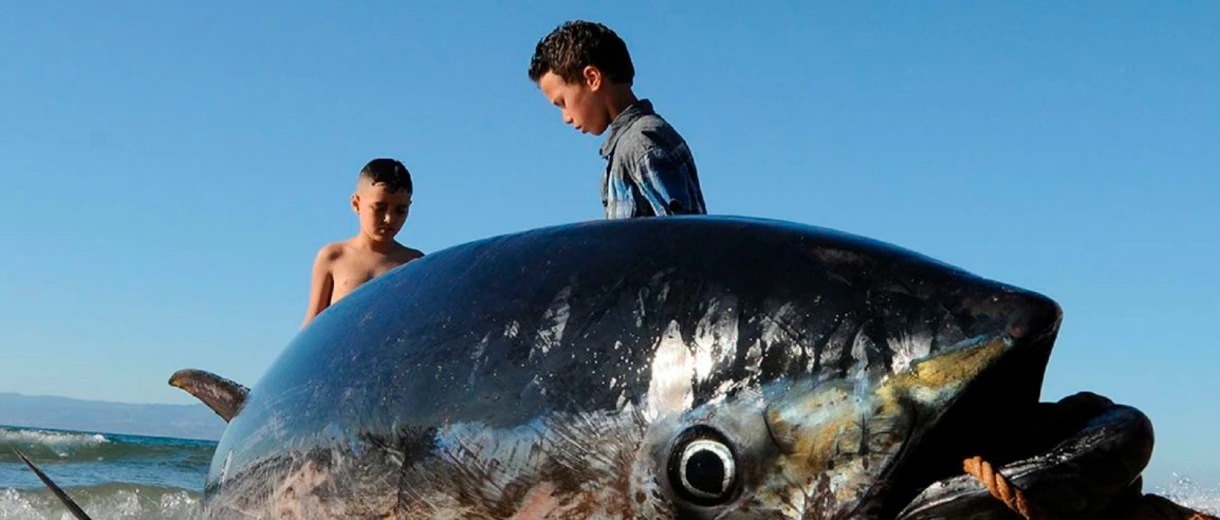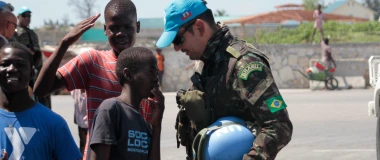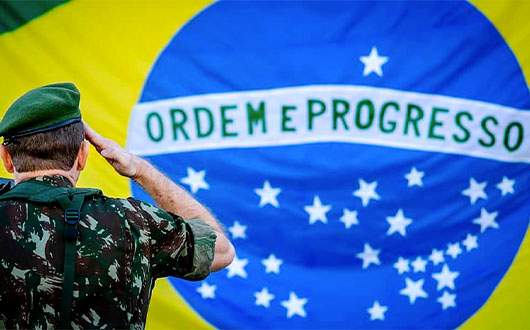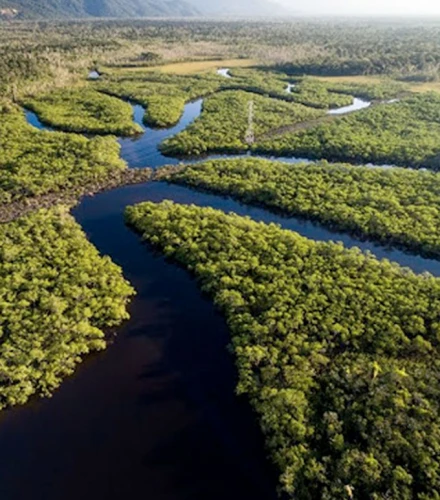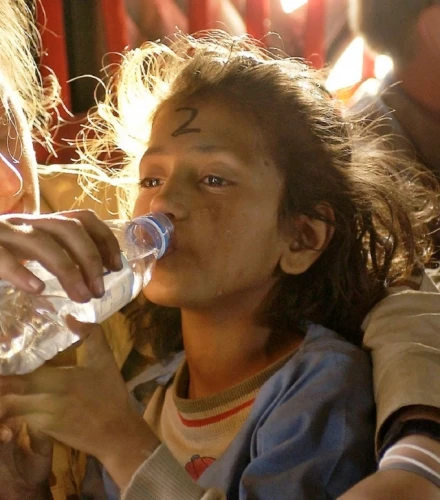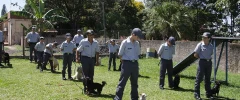UMA ORGANIZAÇÃO
DA SOCIEDADE CIVIL BRASILEIRA
O Consulpaz é uma organização da sociedade civil Brasileira de Interesse publico, atua em todo território Brasileiro e internacional.
Em breve relato, do nascimento da CONSULPAZ.
As Forças de Paz do Brasil foram criadas em 22 de Novembro de 1956, através do Decreto Presidencial nº 61/56, pelo Excelentíssimo Senhor Presidente da República Juscelino Kubitschek de Oliveira, para integrarem a Força Internacional de Emergência da ONU no Egito, tendo, desde então, atuado com brilhantismo no contexto internacional em todos os continentes.
Assim, objetivando preservar a memória destas forças, projetando seus valores para o futuro da nossa nação, no dia 24 de outubro de 1985, fundou-se a ASSOCIAÇÃO BRASILEIRA DAS FORÇAS INTERNACIONAIS DE PAZ DA ONU/ABFIP ONU, detentora do Prêmio Nobel da Paz nos anos de 1988 e 2001, com sede em Brasília/DF, em São Paulo/SP, no Rio de Janeiro/RJ, em Salvador/BA, com pouco mais de 320 colaboradores nacionais trabalhando no Brasil e hoje conhecida como Consulpaz.


